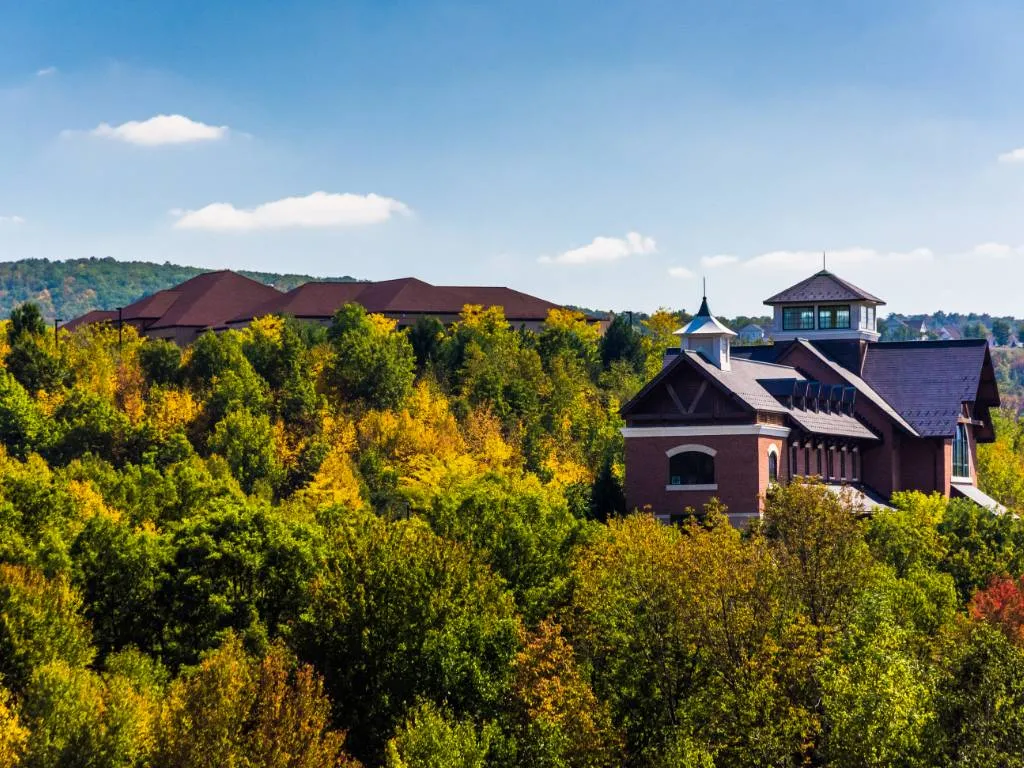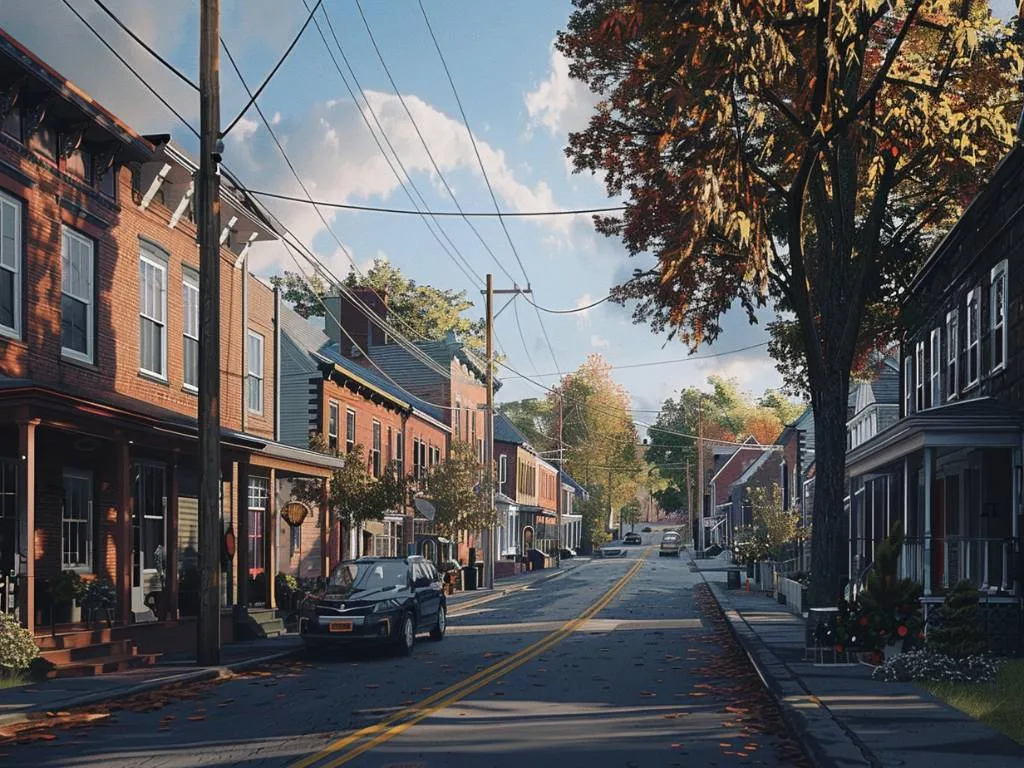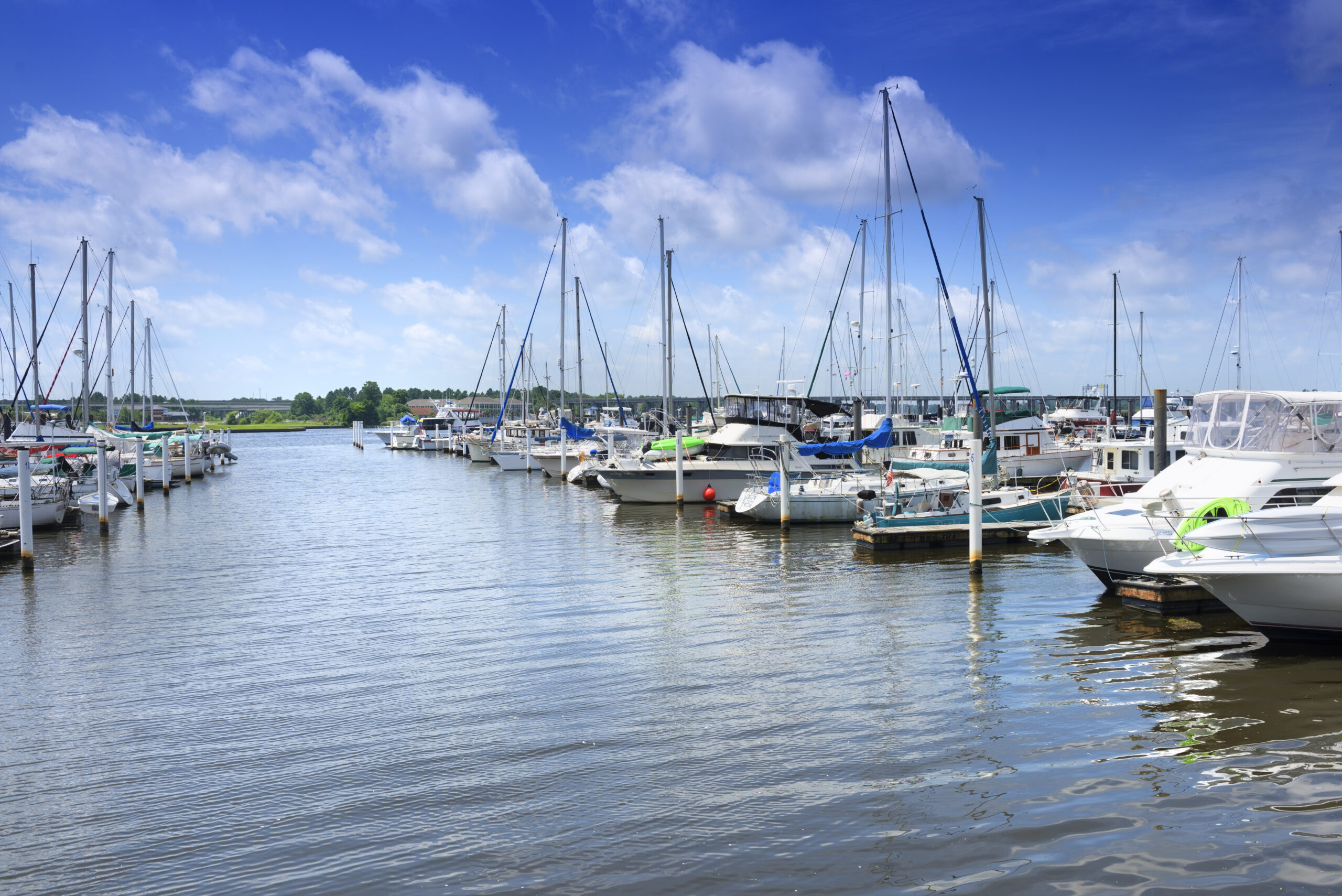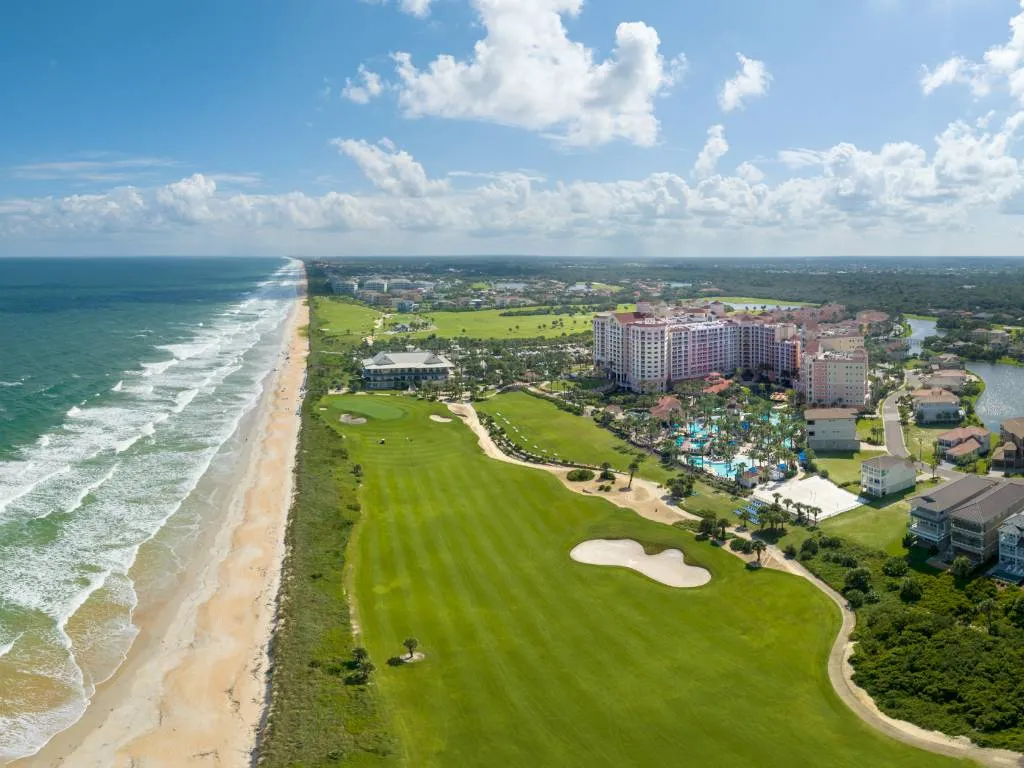10 Things to Know Before Moving to Scranton, PA

In addition to its thriving events scene, Scranton, Pennsylvania is home to a wealth of cultural attractions. Scranton, Pennsylvania, is a popular destination for outdoor enthusiasts and nature lovers thanks to its location in the picturesque Pocono Mountains. If you’re looking for a place to settle down in a small town while yet being close to big cities, this is a great option because of its location near Philadelphia and New York.
Not only is Scranton itself beautiful, but the towns and cities around it are also well worth a visit. Wilkes-Barre, with its beautiful riverfront and historical buildings, is conveniently located within a short drive. Moscow has stunning views of the countryside, while Clarks Summit is known for its scenic scenery and hiking paths.
Let’s check out ten things prospective residents should know before making the move to Scranton, Pennsylvania.
1. Major cities are only a few hours away from Scranton
Situated in the picturesque Pocono Mountains, Scranton provides an abundance of outdoor activities and stunning views for both locals and tourists.
Those who appreciate the peace and quiet of a small town but yet want easy access to bigger cities may find this city to be an excellent choice. It is just a few hours’ drive from Philadelphia (2 hours 18 minutes ), New York City (2 hours 33 minutes), and Washington D.C (4 hours).
2. It snows a lot in Scranton
The city of Scranton has a humid continental climate with four different seasons. The summers are mild, although can get rather hot at times, with usual highs between 70 and 85 degrees Fahrenheit. Temperatures dip to an average low of 20°F in January during the winter.
With an average of about 41 inches of snowfall per year, Scranton provides many chances for winter sports lovers. However, it might not be the best place for retirees who want warmer weather or have trouble getting around in the snow because of the city’s chilly winters and significant snowfall.
Seasons like spring and fall offer mild weather, with fall bringing vibrant foliage. You should bring an umbrella with you while you explore the city because it rains frequently throughout the year (40 inches on average).
3. Learn about Scranton’s history at the Scranton Iron Furnaces or the Lackawanna Coal Mine Tour
The city of Scranton has a long and storied past that begins with its incorporation in 1856. As a hub for coal mining and iron manufacture, the city became an important player in the American industrial revolution.
For those curious about Scranton’s past, a trip to the Scranton Iron Furnaces is an absolute must. Once upon a time, there was a vast ironworks complex that included these old stone furnaces. These structures now house an exhibition honoring the region’s rich industrial history.
A further significant historical site is the Lackawanna Coal Mine Tour. Experience what it was like to work a real coal mine from the 1860s through the 1960s as you descend 300 feet below ground. Taking this trip is a great way to learn about and appreciate Scranton’s rich mining history.
4. Traffic is bearable but the snowfall might affect driving
Public buses run by the County of Lackawanna Transit System (COLTS) are a part of Scranton’s comprehensive network of public transportation options. These choices make transportation inside the city and to nearby areas very convenient. Compared to other major cities, Scranton’s traffic is not too bad, thus driving around town is typically a breeze. Although, keep in mind that snowfall can sometimes affect road conditions in the winter.
With both local and regional flights available, Wilkes-Barre/Scranton International Airport (AVP) serves the city. Access to key cities in the US is made easier by AVP.
5. Live in neighborhoods like Green Ridge, South Side, or West Scranton
Scranton is home to a lot of lovely neighborhoods, and you can pick from any of them when you choose to move here.
The business, residential, and cultural hub of Scranton is located downtown. The gorgeous tree-lined avenues and mansions of Green Ridge are what make this suburban community so special. An ethnically and racially diverse community, the South Side is home to several restaurants and a thriving arts scene.
The people who live in West Scranton are quite close-knit, and they take great pleasure in their neighborhood and its many parks. Historic homes and close access to nature paths define North Scranton as a residential neighborhood.
6. Attend institutions like The University of Scranton, Marywood University, or Lackawanna College
There are a number of highly esteemed higher educational institutions in and around Scranton, contributing to the city’s robust educational system.
The University of Scranton is a prestigious private Jesuit institution with a stunning campus and a stellar reputation for academics. One other private institution that provides extensive degree options at both the undergraduate and graduate levels is Marywood University.
Affordable education and pathways to four-year programs are offered at Lackawanna College, a community college. Penn State Scranton is a minor satellite campus of Pennsylvania State University that offers a variety of degree programs.
7. Scranton has low tax rates
Scranton is well-known for having one of the lowest tax rates in the state. While the state income tax remains unchanged at 3.07%, the city’s rate is 3.4%.
Pennsylvania is a great choice for retirees because it does not tax retirement income or Social Security benefits.
8. Scranton’s cost of living is 17% lower than the national average
With a cost of living index of 83, Scranton has a lower-than-average cost of living. A loaf of bread costs $3.98, a gallon of milk $2.49, energy bills cost $182.48 per month, and phone bills cost $196.31 per month.
Housing is particularly affordable in Scranton, with a median home price of $162,653 and a median home rent of $1,283.
9. Work in the medical, academic, manufacturing, and service sectors
Many different types of jobs are available in Scranton. Companies in the medical, academic, manufacturing, and service sectors make up the bulk of the city’s economy. Geisinger Community Medical Center, TMG Health, Allied Services Integrated Health System, Moses Taylor Hospital, The University of Scranton, and many smaller businesses are among the biggest employers in Scranton.
Over the past few years, Scranton’s economy has been steadily expanding. Scranton has an average annual household income of about $48,000. This is below the U.S. average, but it accounts for the significantly cheaper cost of living in the region.
10. Immerse yourself in cultural activities at Scranton Cultural Center or Everhart Museum
A wide array of museums, theaters, and art galleries contribute to Scranton’s thriving cultural environment.
Anyone interested in art, science, or natural history will enjoy a visit to the Everhart Museum. There are fossils, jewels, and specimens of animals on display, in addition to a large collection of American folk art.
Another important cultural institution in Scranton is the Scranton Cultural Center. A variety of activities, including concerts, plays, and dance recitals, take place in this spectacular venue. Additionally, the magnificent Masonic Temple can be found there.
During the summer, the Scranton Shakespeare Festival hosts free outdoor performances for anyone interested in live play. Take in a spectacular outdoor performance while feasting on a picnic.
To Sum it All Up
Scranton, Pennsylvania, offers a blend of historical charm, affordable living, and cultural richness. With proximity to major cities, a diverse range of neighborhoods, and a thriving educational landscape, Scranton presents a compelling choice for those seeking a welcoming community.
While the city experiences significant snowfall, it remains manageable, and the low tax rates contribute to its appeal. Consider Scranton if you’re drawn to a city with a thriving economy, affordable cost of living, and a vibrant cultural scene, making it a distinctive and practical choice for prospective residents.






